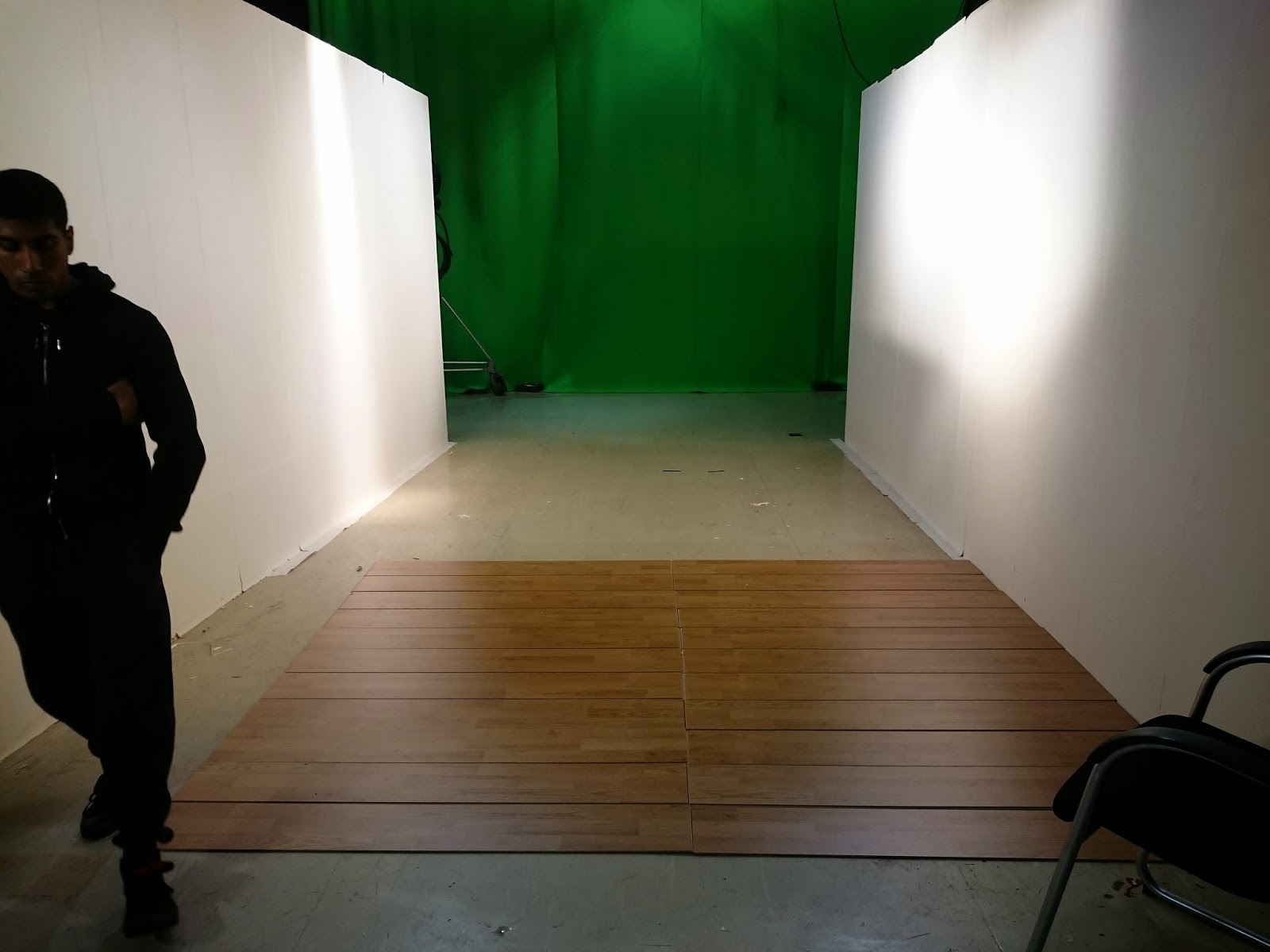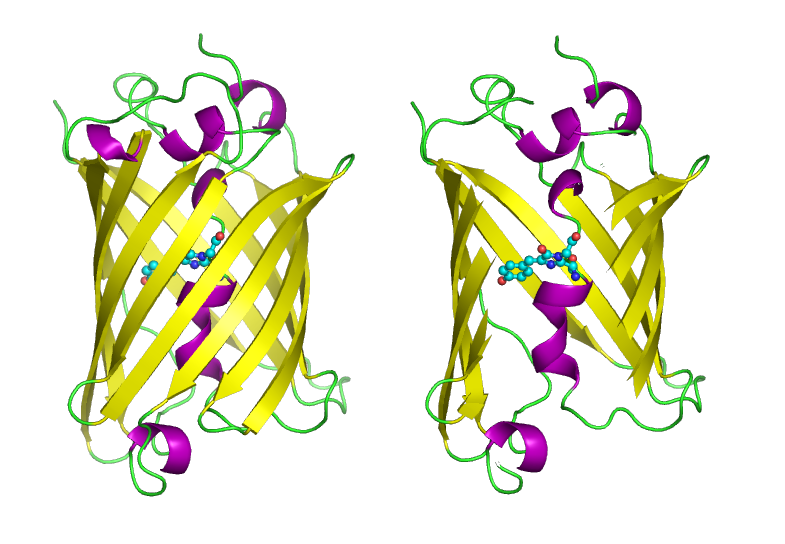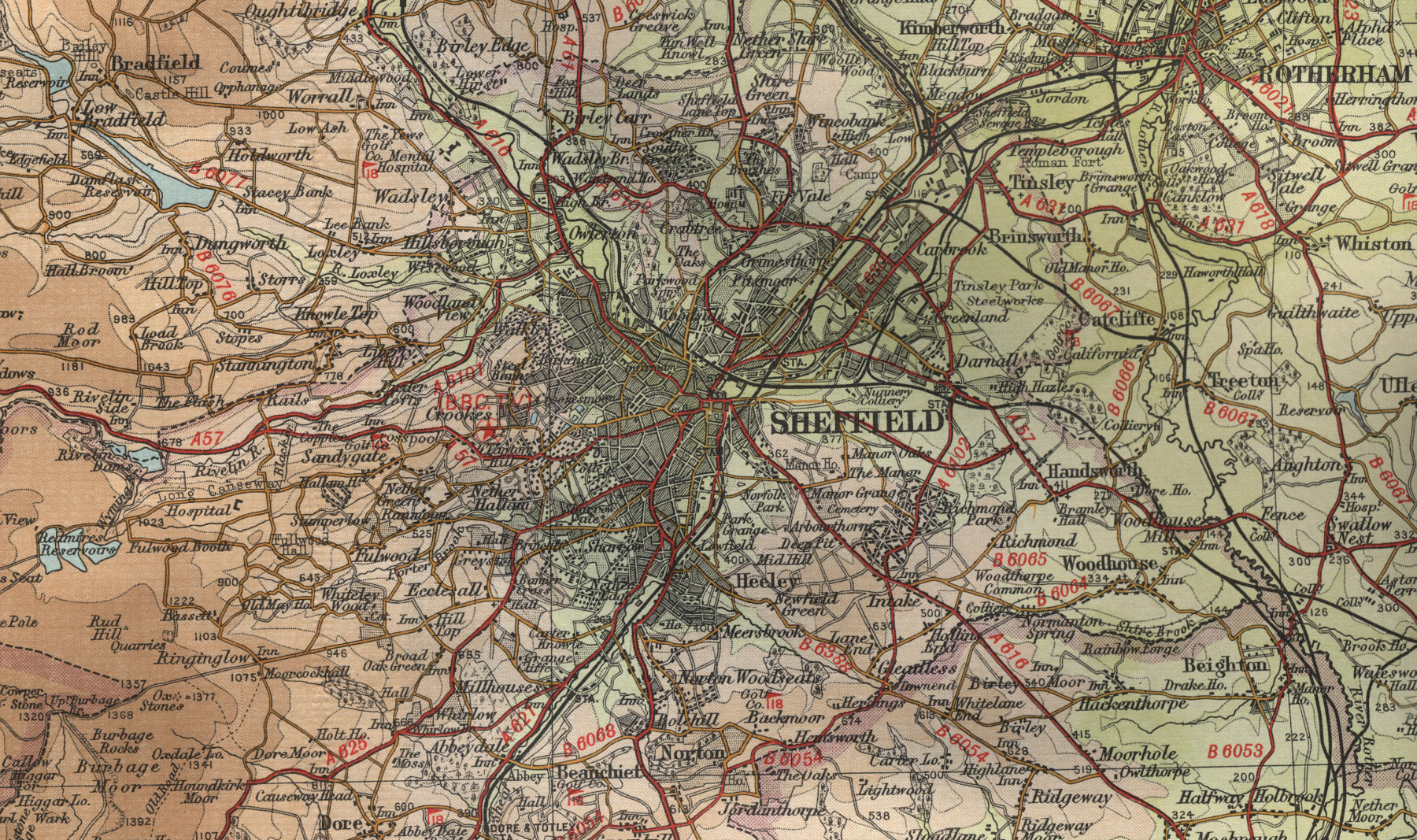I found the process of making the agar fairly simple, as the solution was 10% salt, you could sterilise it by boiling it. I disinfected all of my kit before doing so and measured out the ingredients as accurately as possible. However, whilst I was boiling it the first time I made it, the mixture boiled over as I took my eye of it for just a few seconds. I was aware that the agar could boil over very suddenly, and so it was my own fault for not paying full attention. The next time I made it, I paid much more attention to what I was doing. I boiled the solution for 15 minutes to make sure the mixture was totally sterilised and all the ingredients were fully dissolved. I then waited until the mixture was about 55c before pouring it into the petri dishes. I then left them to cool and solidify. During the agar making process I did not take any pictures purely for the reason that I wanted to make sure the area was as clean and my attention was fully on what I was doing. However, I will link the method and recipe I was using from this website: http://teach.genetics.utah.edu/content/gsl/html/agar.html
A couple of days later my bacteria arrived. As soon as it arrived I had to inspect it to make sure it was alive, and to remove the tape from the petri dish to allow it to get some oxygen. I wrapped it in blankets as well to try and keep it at a temperature near to 20c so that it would grow properly as it is way too cold at this time of year. Later that evening, I also looked at it in the dark to see how much light it gave off and also how dark it had to be in order to view it:
I was happy with the colour it turned out, as I was either expecting a green or blue glow. I was also happy with how they could be photographed and I intend to feature photography heavily in the outcome of this project. However I could not film the bacteria as it would not pick up on the camera very easily. To take the photographs I had to do a long exposure of 30 seconds in order for it to be properly exposed, so to make up for this I will be playing around with different concepts I could use to photograph this bacteria.
I then used my inoculation loops to transfer the bacteria to the other petri dishes to see if they would grow too. In the meantime I also hollowed out the lightbulbs and made my agar to go inside them as well.
















































